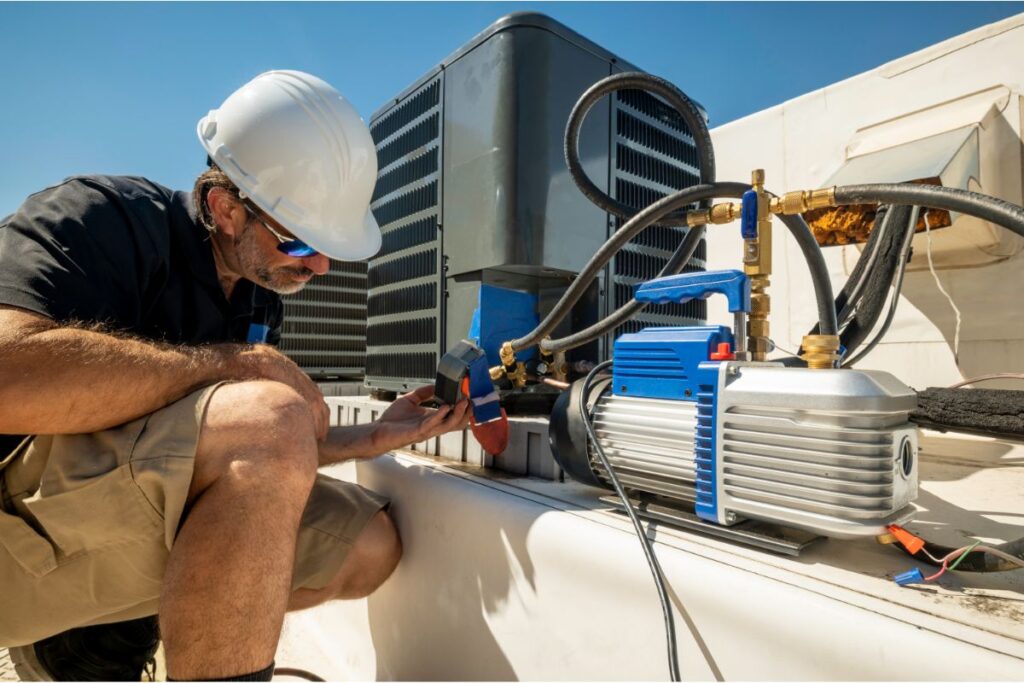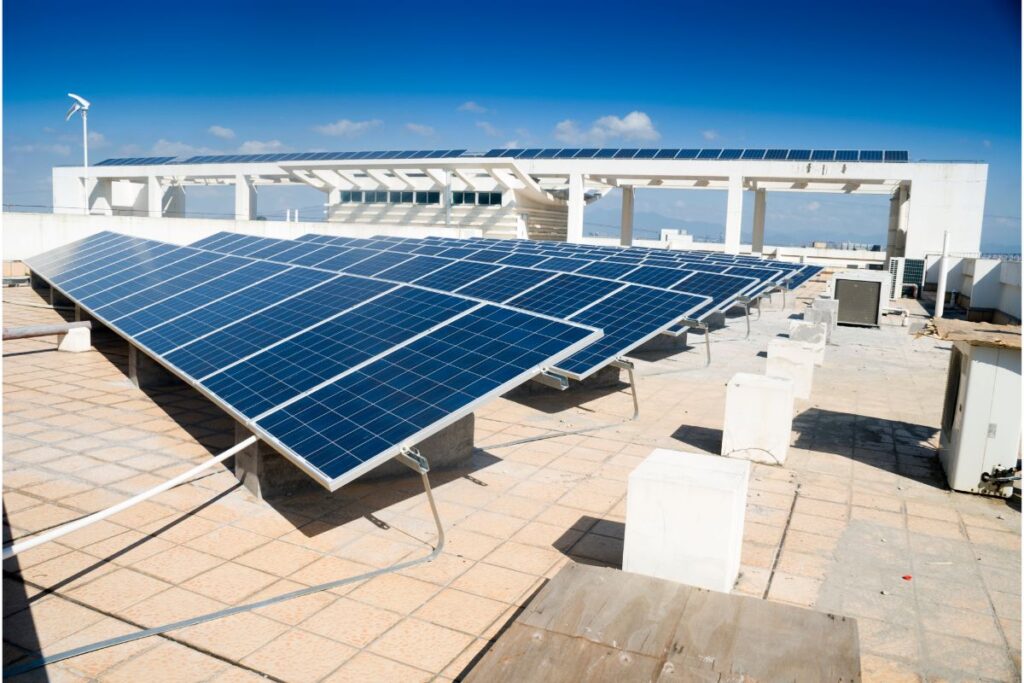Facilities management is the backbone of well-run buildings and properties, ensuring that everything from maintenance to health and safety is handled efficiently.
In New Zealand, where property owners face unique challenges like seismic activity and evolving workplace needs, understanding the components of facilities management is essential for protecting your investment and creating great spaces for tenants and staff.
Building on our previous post, which took an in-depth look at what Facilities Management is, this article explores what makes facilities management effective, the strategies behind it, and the different types of services involved.
What is a Facility Management Strategy?
A facility management strategy is a comprehensive plan that outlines how an organisation’s physical assets—such as buildings, equipment, and workspaces—will be managed and maintained to support business goals. This strategy acts as the roadmap for service delivery, ensuring that every component of facilities management is aligned with the owner’s objectives and the needs of tenants or users.
A good facility management strategy includes:
- Clear objectives: What do you want to achieve with your property? For example, reducing energy costs, improving tenant satisfaction, or extending the lifespan of your assets.
- Maintenance plans: Scheduled and preventive maintenance activities to keep everything running smoothly and avoid unexpected breakdowns.
- Budgeting: Allocating resources for both short-term needs and long-term investments.
- Compliance: Ensuring all legal, health, and safety requirements are met.
- Continuous improvement: Regularly reviewing processes and outcomes to identify areas for enhancement.
By having a well-defined strategy, property owners and managers can deliver more effective facilities management, reduce costs, and provide a better experience for everyone who uses the space.
Key Components of Facilities Management
Effective facilities management is made up of several core components. Each plays a vital role in keeping buildings safe, efficient, and enjoyable to use. Here are the main components of facilities management you need to know:
1. Maintenance and Repairs

Regular maintenance is the foundation of effective facilities management. This includes everything from routine inspections and servicing of heating, ventilation, and air conditioning (HVAC) systems to fixing plumbing leaks and electrical faults. A proactive approach—using scheduled maintenance plans—helps prevent costly emergencies and extends the life of your assets.
2. Health and Safety Compliance
Ensuring the health and safety of everyone on the property is a top priority. This means keeping up with New Zealand’s regulations, such as the Health and Safety at Work Act, and making sure all systems (like fire alarms and emergency exits) are regularly checked and compliant. Facilities managers also provide training, monitor workplace conditions, and quickly address hazards to maintain a safe environment.
3. Space Management
Space management is about making the best use of available areas. It involves planning how rooms and workspaces are used, rearranging layouts to suit changing needs, and ensuring that spaces are functional and comfortable. Good space management can reduce costs, improve productivity, and create environments where people want to be.
4. Vendor and Contractor Management
Facilities managers often work with a range of external vendors, such as cleaners, security providers, landscapers, and maintenance contractors. Managing these relationships is crucial for consistent service delivery. This involves selecting reliable vendors, setting clear performance expectations, monitoring their work, and ensuring they comply with safety and quality standards.
5. Asset and Lifecycle Management
This component covers the management of all physical assets, from procurement to disposal. Facilities managers track the condition and performance of equipment, schedule upgrades or replacements, and plan for future needs. Effective asset management ensures that investments are protected and that equipment operates efficiently throughout its lifecycle.
6. Sustainability and Environmental Management

Modern facilities management includes a strong focus on sustainability. This means reducing energy use, managing waste, and implementing green initiatives like recycling programs or solar power. Sustainable practices not only help the environment but also lower operating costs and appeal to tenants who value eco-friendly spaces.
7. Emergency Preparedness and Business Continuity
Facilities managers must be ready for the unexpected, whether it’s an earthquake, fire, or power outage. This involves having clear emergency plans, conducting regular drills, and ensuring that all safety systems are in place and functional. Business continuity planning ensures that critical services can continue with minimal disruption during emergencies.
8. Technology Integration
The use of technology, such as building management systems, energy monitoring tools, and facility management software, helps streamline operations, track performance, and make data-driven decisions. Technology is increasingly important for managing complex buildings and delivering effective facilities management.
Types of Facilities Management
Facilities management services can be divided into several types, each focusing on different aspects of property care:
| Type of Facilities Management | Description | Examples |
| Hard Facilities Management | Covers the physical building and systems that keep it operational and safe | HVAC, plumbing, electrical, fire systems |
| Soft Facilities Management | Focuses on services that improve the environment and experience for occupants | Cleaning, security, waste disposal, landscaping |
| Asset Management | Manages the lifecycle of physical assets | Equipment tracking, maintenance scheduling |
| Space Management | Optimises the use of available space | Office layouts, room allocation |
| Sustainability Management | Implements eco-friendly practices and monitors environmental impact | Energy efficiency, recycling, green building |
| Emergency Management | Prepares for and responds to emergencies | Fire drills, disaster recovery plans |
Most properties require a combination of these services to ensure smooth and effective facilities management.
Conclusion
The components of facilities management are many and varied, but together they create a framework for safe, efficient, and enjoyable buildings. By understanding and investing in these key areas—maintenance, health and safety, space management, vendor coordination, asset management, sustainability, emergency planning, and technology—property owners in New Zealand can ensure their buildings are well cared for and ready for the future.
Effective facilities management is not just about fixing things when they break. It’s about having a strategy, using the right tools, and working with the right people to deliver consistent, high-quality service delivery. At Hallmark & Stone, we combine years of experience with a commitment to best practice, helping Wellington property owners get the most from their assets.
Frequently Asked Questions
How does facilities management support health and safety?
Facilities management supports health and safety by ensuring that all systems and equipment are regularly inspected and maintained, hazards are promptly addressed, and everyone on site is trained in safety procedures. Compliance with New Zealand’s health and safety laws is a core part of effective facilities management, helping to prevent accidents and create a safe environment for all.
What is space management in facilities management?
Space management involves planning, allocating, and organising spaces within a building to make the best use of available areas. This can include rearranging office layouts, tracking how rooms are used, and adapting spaces to suit changing needs. Good space management reduces costs, improves productivity, and creates more comfortable environments for tenants and staff.
How do facilities managers ensure vendor performance?
Facilities managers ensure vendor performance by setting clear expectations, monitoring work through regular inspections, and using performance metrics such as response times and job completion rates. They may use technology like vendor dashboards to track service quality and compliance, conduct regular reviews, and reward high-performing vendors while addressing issues with underperformers.
For more insights on the components of facilities management and how Hallmark & Stone can help you achieve effective facilities management in Wellington, stay tuned for the next post in our series.
